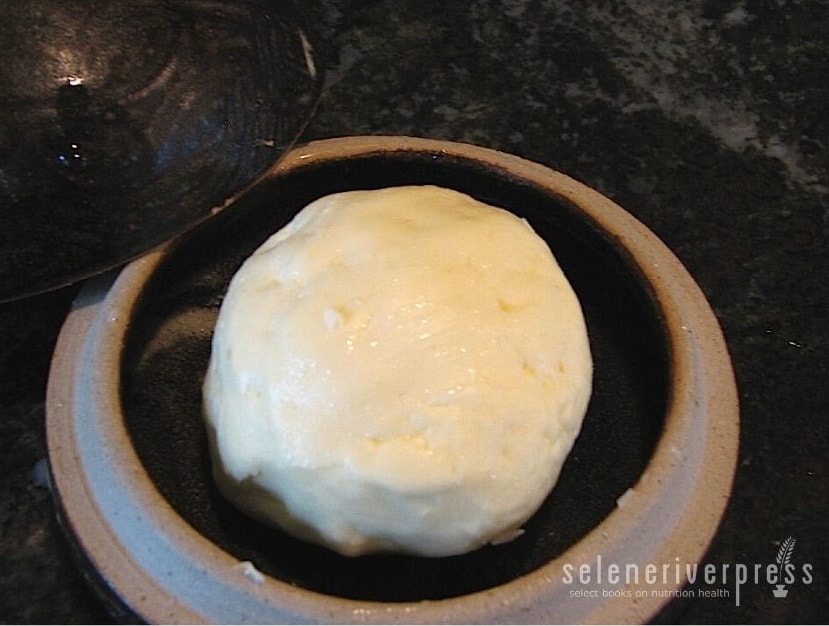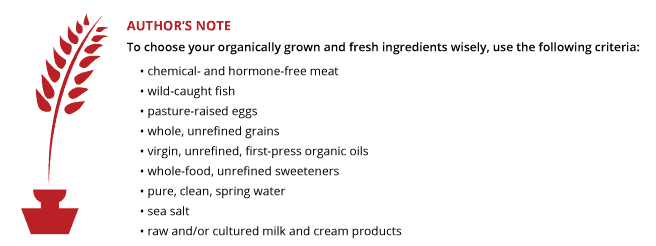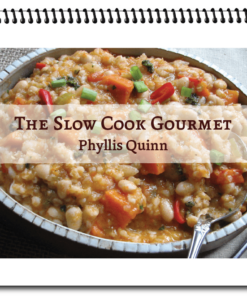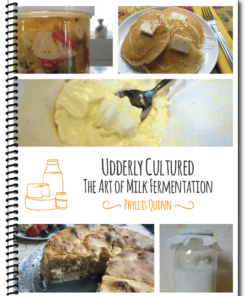Ask Chef Phyllis
What can you tell me about whipping cream that I’ve already opened and has been in my fridge a little past its “best use” date? In this time of stay at home, I do not wish to waste anything. It smells fine, but it’s thicker than when I opened it. Can I freeze it? Should I freeze it whipped or not? Any information will be useful.
—Maryanne DeF, from Fairplay, Alabama
There’s nothing normal about our world today, Maryanne. Positive thoughts are powerful and encouraging. I wake up optimistic and grateful for my continuing good health. I hope you and yours are well too.
I like routine. I make my bed—not fancy with a bedspread but just stacking the pillows, smoothing out the wrinkles in the sheets, and fluffing the duvet. I put into practice what I believe. It pays me back in “smile” dividends all through the day because I’m a woman who likes order in her life. And as you know I’m fond of saying, that is another post just waiting to be written.
But let’s be mindful of what can be done with leftover cream. I admire that you don’t want it to go to waste. All of my restaurant training and years of frugality from my parents (who lived through the Great Depression) taught me to pass on ways to save money. I met and married a wonderful man (the fifth in a line of six children) who was also raised frugally.
In the years before writing this column, this writer spent years developing tried and true information on milk fermentation. In my book Udderly Cultured: The Art of Milk Fermentation, you’ll find great instructions and detailed photographs on how to make excellent butter as well as other delicious milk and cream products.
Here’s what my years of research turned up:
If your cream is raw and hasn’t been pasteurized, you’re in great luck. As Sally Fallon Morrell explains in Nourishing Traditions, and I do in my book Udderly Cultured, you want the cream to age. This step promotes a better tasting butter. If your cream is highly pasteurized, I recommend making butter soon, unless it smells bad or has coagulated.
You may freeze the cream in its container as long as it’s not full up. I don’t recommend whipping it before freezing, however, since it will whip very well upon defrosting. Shake it if the cream is separated. Chilled cream whips better if you take care to chill your bowl and beaters as well, especially on a warm day,
Butter making today is easy in a food processor and, I might add, a lot quicker than a churn.
Cultured Butter from Raw Cream
You can also skip the whey step and just go straight to making butter without it.
Ingredients
1 pint to 1 quart raw cream, left out to sour, then chilled
½ cup ice water
½ cup chilled whey water
½ to 1 teaspoon sea salt (less is better)
Special equipment: large food processor with steel blade
Instructions
1. Pour the chilled cream into the bowl of a large food processor fitted with a steel blade. Beat until it starts to resemble whipped cream. This takes about 10 minutes, so be patient. Now is the time to add the salt if you’re making salted butter. Less salt is favorable until you learn how much you like.
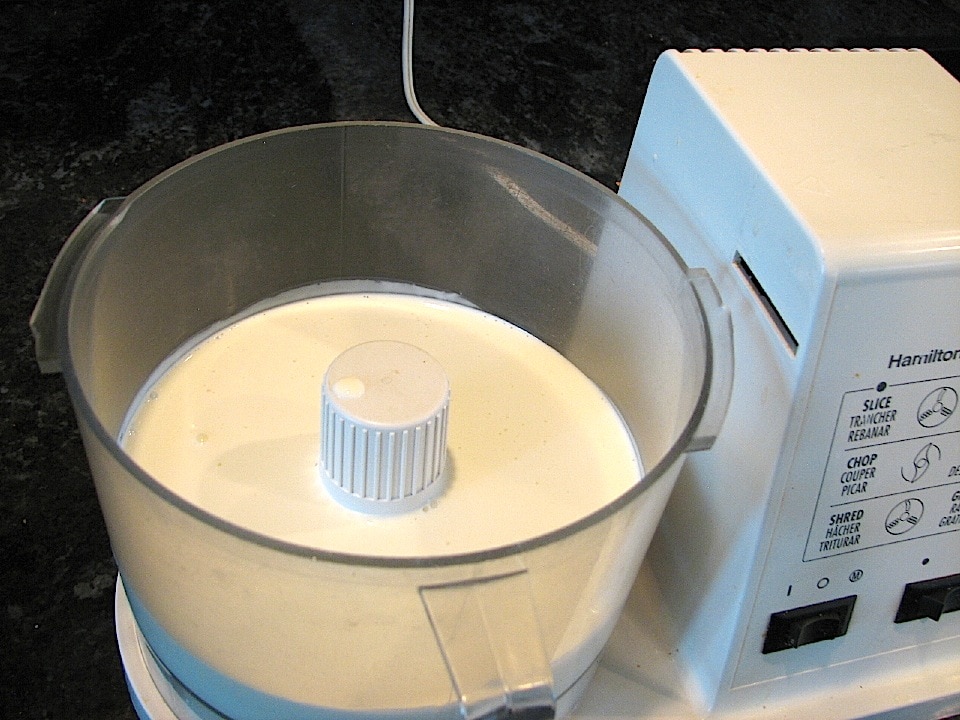
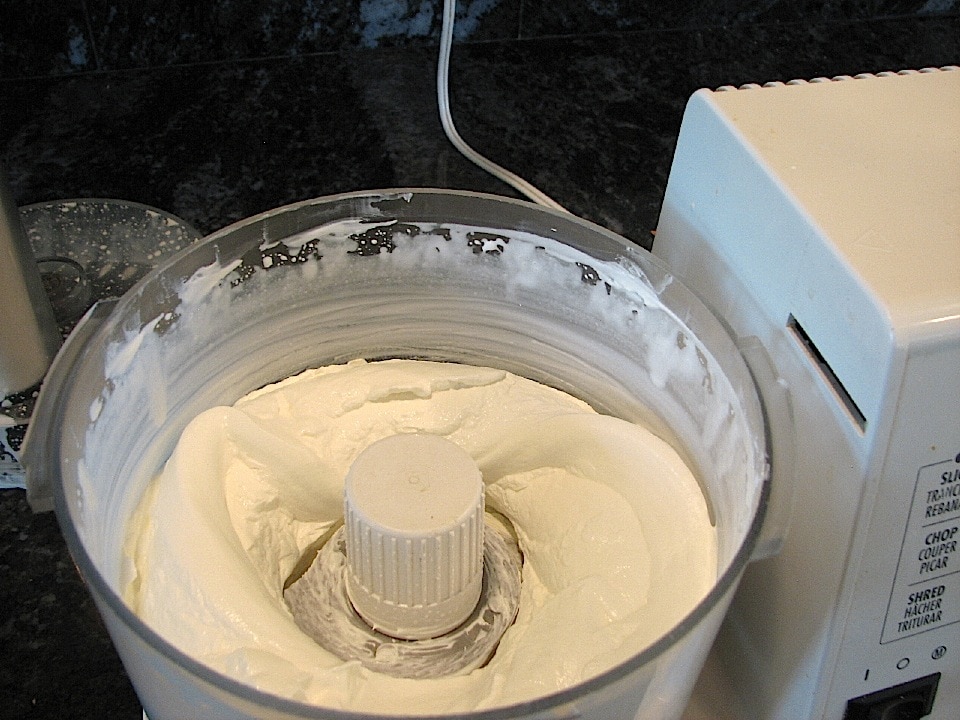
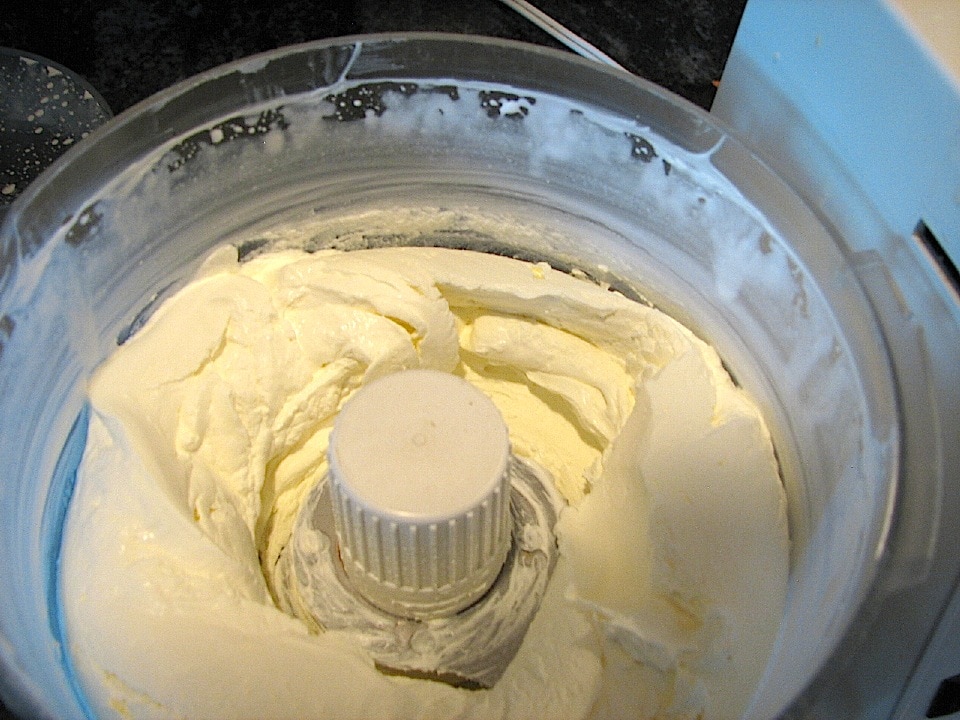
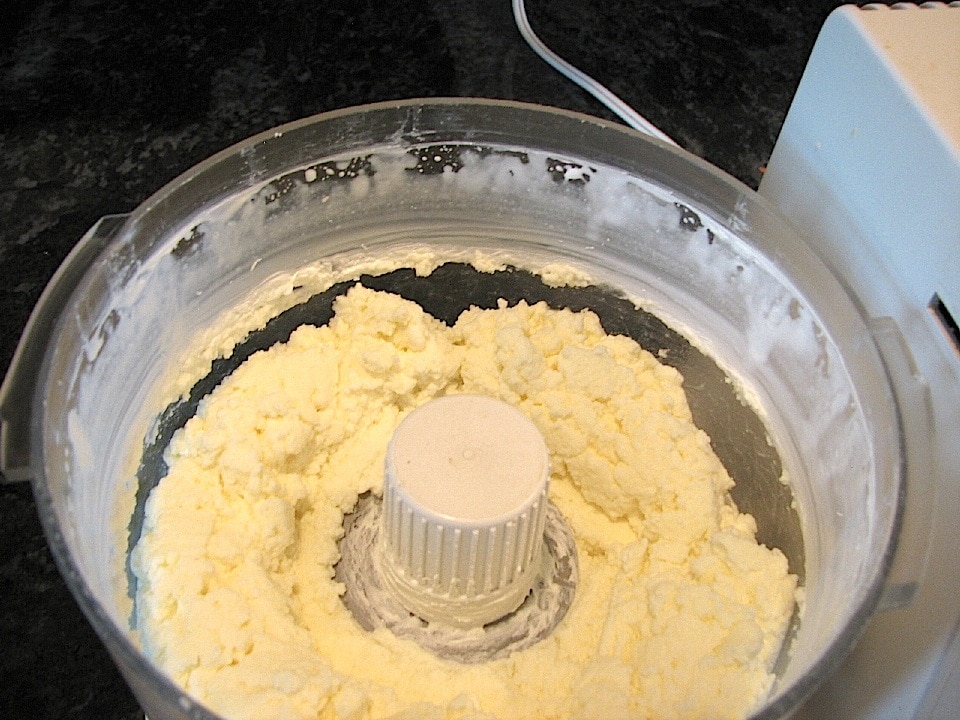
2. Continue beating until the cream starts to clear the bowl. Add a ¼ cup of the ice water and a ¼ cup of the chilled whey water. The ice water helps hasten the clabbering process, and the whey water preserves it. At this point, examine the butter. You should notice that it looks yellow in color and has the consistency you’re used to.
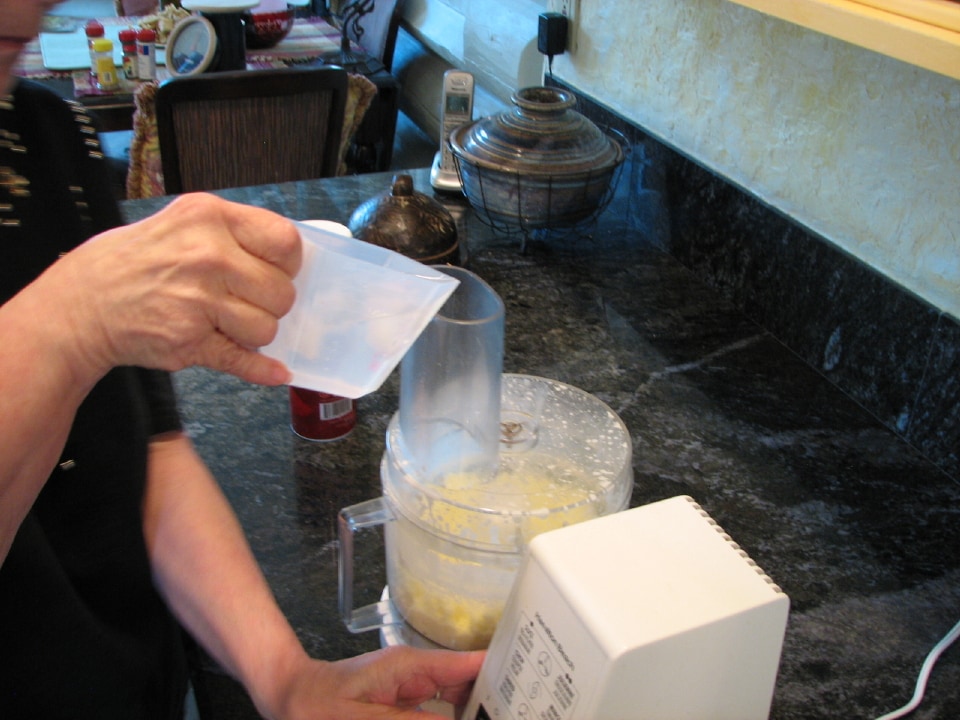
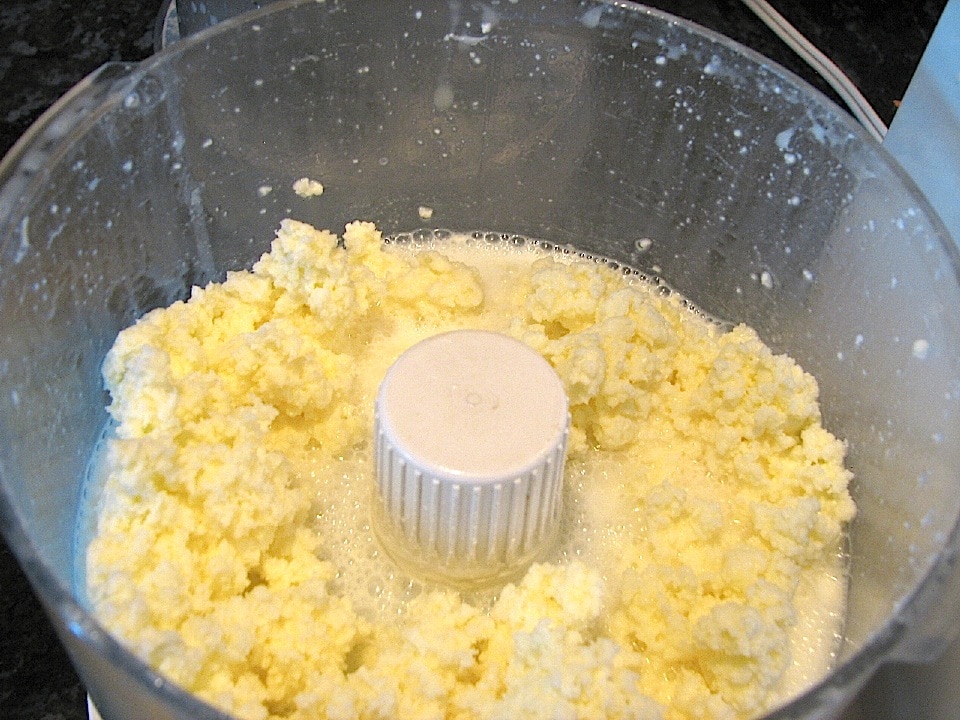
3. Carefully remove the butter from the bowl, knead it a few minutes, and pat it into a flat mass about an inch thick. Press out as much water as you can. The less water in butter, the less it will spatter when heated. Cut into desired bars, and wrap in waxed paper or place in a glass bowl for chilling. Place the finished butter in a bowl, and store in the refrigerator.
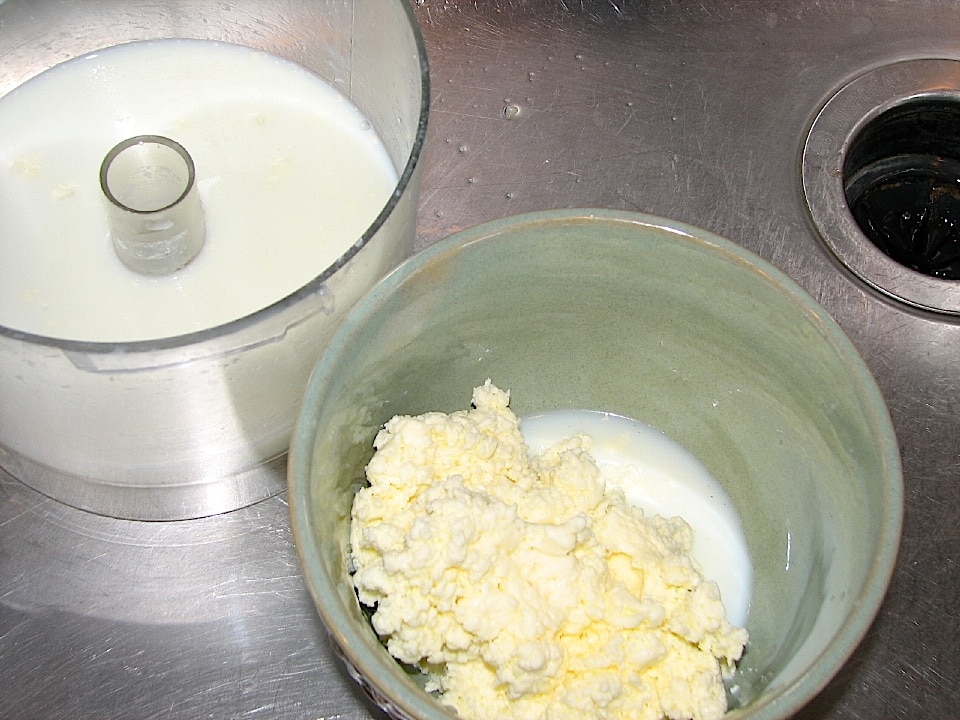
Another way to prevent waste is to turn leftovers into new meals. If you master this dish made from tasty cold mashed potatoes, you’ll make extra just to have leftovers. It’s that good.
Crusty Thyme Mashed Potato Cake
Chef’s note: This recipe was handed down by my late mother-in-law, Mary, from County Kerry in Ireland. It was a favorite of some 40-plus of her grandchildren, and after tasting it (aka Mary’s Thyme Potatoes), I decided that I liked it as much, if not better than, just mashed potatoes. I think you will too.
Ingredients
3–6 tablespoons cold butter
2 tablespoons olive oil
3 or more cups cold mashed potatoes
3 fresh sprigs of thyme stripped from the stem, or 1 tablespoon dried thyme
Special equipment: 9-inch cast-iron skillet
Instructions
- Melt butter and oil together in the skillet on high heat until it shimmers.
- Add potatoes, spreading them out evenly over the pan. Next, add the thyme, smoothing it evenly over the potatoes.
- Let the bottom side of the potatoes crisp on the stovetop for at least 10—12 minutes. Do not flip the potatoes.
- Dot the top of the potatoes with more butter. Place the skillet under the broiler on low for an additional 5–10 minutes, or until the top is crispy too.
- Serve immediately. Your potato cake should be crispy on both sides.
Images from Phyllis Quinn.


